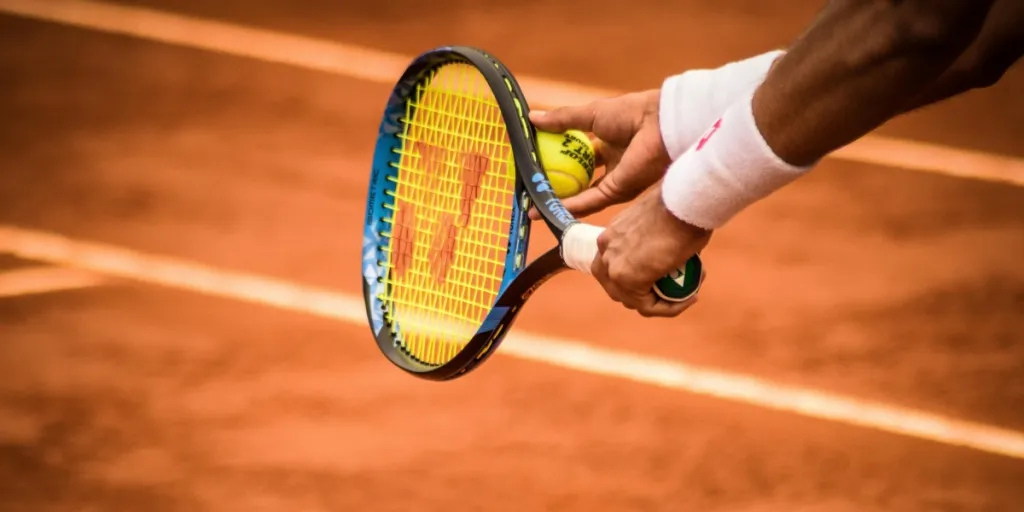Padel tennis, a dynamic and fast-paced sport combining elements of tennis and squash, has seen a meteoric rise in popularity across the globe. This sport, known for its accessibility and social nature, is capturing the attention of sports enthusiasts and investors alike. In this article, we delve into the market overview of padel tennis, exploring its global rise, key markets, and growth potential.
Table of Contents:
Market Overview
Innovative Materials and Design in Padel Tennis Equipment
Technological Features Enhancing Performance
Comfort and Safety: Prioritizing Player Well-being
Customization and Personalization: Catering to Diverse Needs
Conclusion
Market Overview
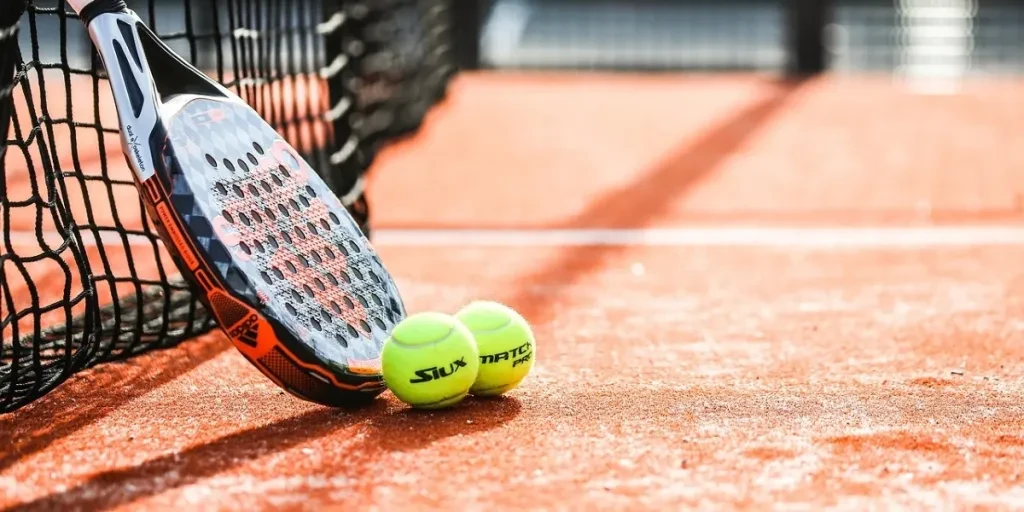
The Rise of Padel Tennis Globally
Padel tennis has experienced a significant surge in popularity over the past decade. According to a report by WGSN, the sport was valued at $190 million in 2022 and is expected to expand at a compound annual growth rate (CAGR) of 17%, reaching $491 million by 2028. This growth is driven by the sport’s unique blend of tennis, squash, and badminton, making it appealing to a wide range of players.
The sport’s social aspect is a major factor in its global appeal. Padel tennis is often played in doubles, fostering a sense of community and camaraderie among players. This social element has contributed to its rapid adoption in various regions, particularly in Spanish-speaking countries, where it has become a cultural phenomenon.
Key Markets and Growth Potential
Spain is one of the leading markets for padel tennis, with a projected revenue of $67.6 million in the racket sports equipment market by 2024, according to a report by Statista. The sport’s popularity in Spain is evident from the increasing number of padel courts and clubs across the country. The annual growth rate for the racket sports equipment market in Spain is anticipated to be 2.76% from 2024 to 2028, highlighting the sport’s sustained growth.
China is another key market, generating the highest revenue in the racket sports equipment market globally, with a projected $4,374 million in 2024. The country’s large population and growing interest in racket sports present significant opportunities for the expansion of padel tennis. The eCommerce market for racket sports equipment in China is also expected to grow, with a projected market volume of $2,717 million in 2024 and an annual growth rate of 10.76% from 2024 to 2029.
In the United States, padel tennis is gaining traction, with the first-ever World Padel League held in Dubai in June 2023, further boosting the sport’s visibility. The number of padel courts in the US is expected to increase significantly, with brands like Reserve Padel and Taktika Padel leading the charge in expanding facilities and promoting the sport.
The Middle East is also emerging as a promising market for padel tennis. The number of padel courts in the UAE, Kuwait, and Qatar has increased from 20 in 2016 to 1,850 in 2022, according to WGSN. This rapid expansion is indicative of the sport’s growing popularity in the region, driven by investments in sports infrastructure and the rising interest in recreational activities.
Innovative Materials and Design in Padel Tennis Equipment
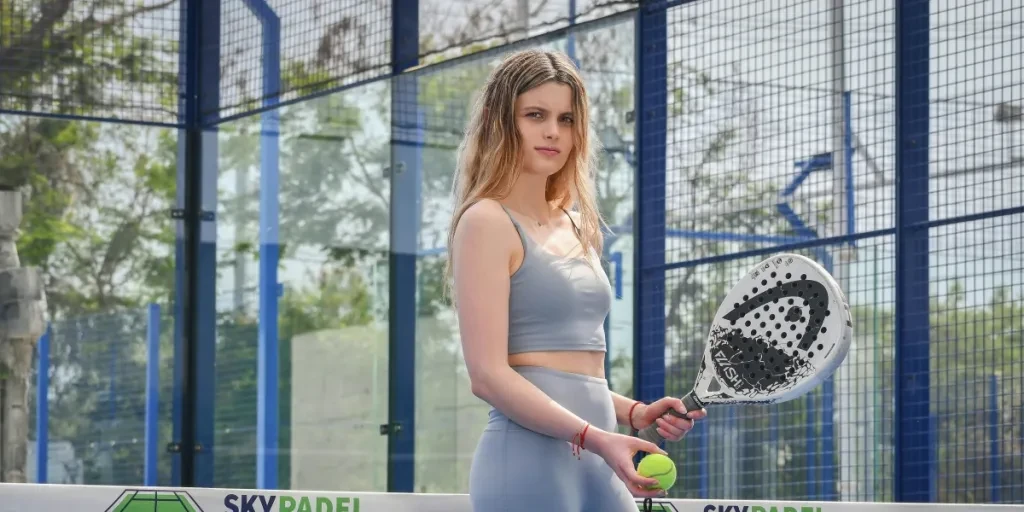
Cutting-Edge Racket Materials
The evolution of padel tennis equipment has been significantly influenced by advancements in materials science. Modern padel rackets are now crafted from innovative materials that enhance performance, durability, and player comfort. Traditionally, padel rackets were made from wood, but the introduction of composite materials such as carbon fiber, fiberglass, and Kevlar has revolutionized the industry. Carbon fiber, in particular, is favored for its lightweight properties and high strength-to-weight ratio, allowing players to generate more power without compromising control. Fiberglass, on the other hand, offers a more flexible and forgiving feel, making it ideal for beginners and intermediate players. Kevlar, known for its exceptional durability, is often used in combination with other materials to reinforce the racket’s structure and extend its lifespan.
Ergonomic and Aesthetic Design Trends
In addition to material innovations, the design of padel tennis equipment has also seen significant advancements. Ergonomic design principles are now at the forefront, with manufacturers focusing on creating rackets that reduce strain and enhance player comfort. This includes the development of rackets with optimized weight distribution, improved grip designs, and vibration-dampening technologies. Aesthetic trends have also evolved, with brands offering a wide range of visually appealing designs that cater to diverse tastes. Customization options, such as personalized color schemes and branding, have become increasingly popular, allowing players to express their individuality on the court.
Technological Features Enhancing Performance
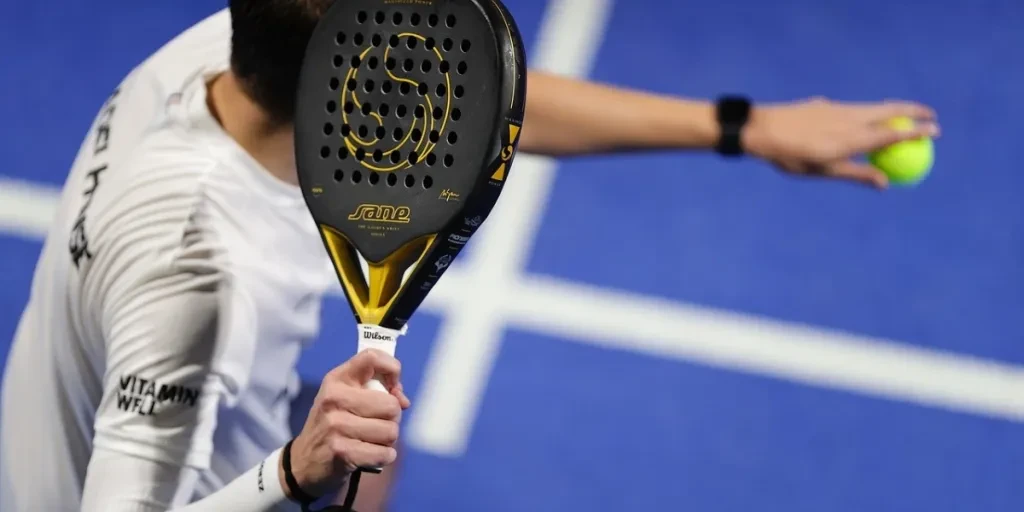
Smart Rackets and Wearable Tech
The integration of technology into padel tennis equipment has opened new avenues for performance enhancement. Smart rackets equipped with sensors can now track various metrics such as swing speed, ball impact location, and shot accuracy. This data can be analyzed to provide players with insights into their performance, helping them identify areas for improvement. Wearable technology, such as fitness trackers and smartwatches, also plays a crucial role in monitoring player health and performance. These devices can track heart rate, calories burned, and other vital statistics, providing valuable feedback that can be used to optimize training and gameplay strategies.
Advanced Court Surfaces and Infrastructure
Technological advancements are not limited to equipment alone; they also extend to the playing environment. Modern padel courts are now constructed with advanced materials that offer improved durability, traction, and shock absorption. These surfaces are designed to reduce the risk of injuries and enhance player comfort. Additionally, innovations in court infrastructure, such as automated lighting systems and climate control, ensure optimal playing conditions regardless of the time of day or weather. These advancements contribute to a more enjoyable and consistent playing experience, attracting more players to the sport.
Comfort and Safety: Prioritizing Player Well-being
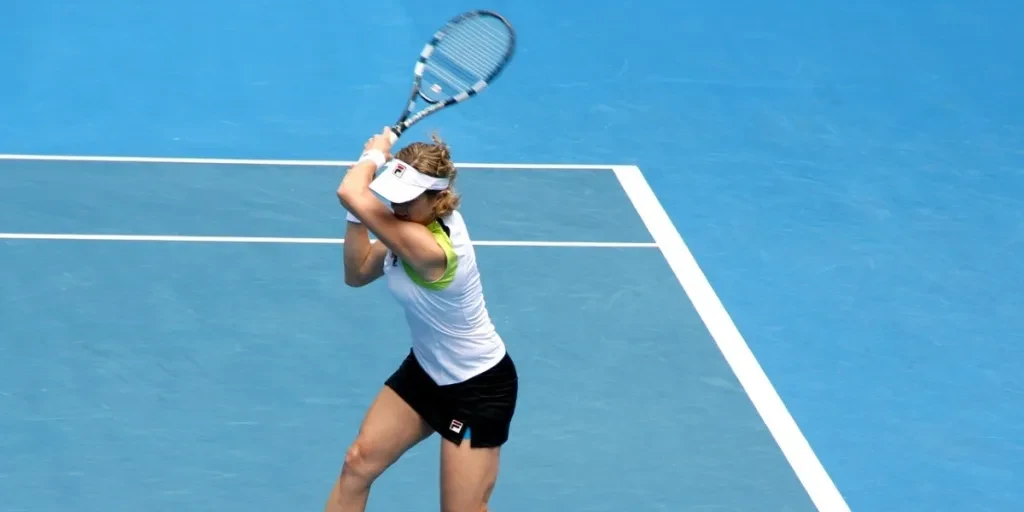
Protective Gear and Apparel
As the popularity of padel tennis continues to grow, so does the emphasis on player safety and comfort. Protective gear, such as padded gloves, knee braces, and ankle supports, are now widely available to help prevent injuries. Apparel designed specifically for padel tennis, including moisture-wicking fabrics and ergonomic designs, ensures that players remain comfortable and dry during intense matches. Brands are increasingly focusing on creating products that cater to the unique needs of female athletes, as evidenced by the growing market for women’s sportswear.
Injury Prevention and Recovery Solutions
Injury prevention and recovery are critical aspects of player well-being. Advances in sports medicine have led to the development of specialized equipment and techniques designed to reduce the risk of injuries and aid in recovery. This includes the use of compression garments, which improve blood circulation and reduce muscle fatigue, and the incorporation of physiotherapy tools such as foam rollers and massage guns. Additionally, the importance of proper warm-up and cool-down routines is now widely recognized, with many players incorporating stretching and mobility exercises into their training regimens to prevent injuries.
Customization and Personalization: Catering to Diverse Needs
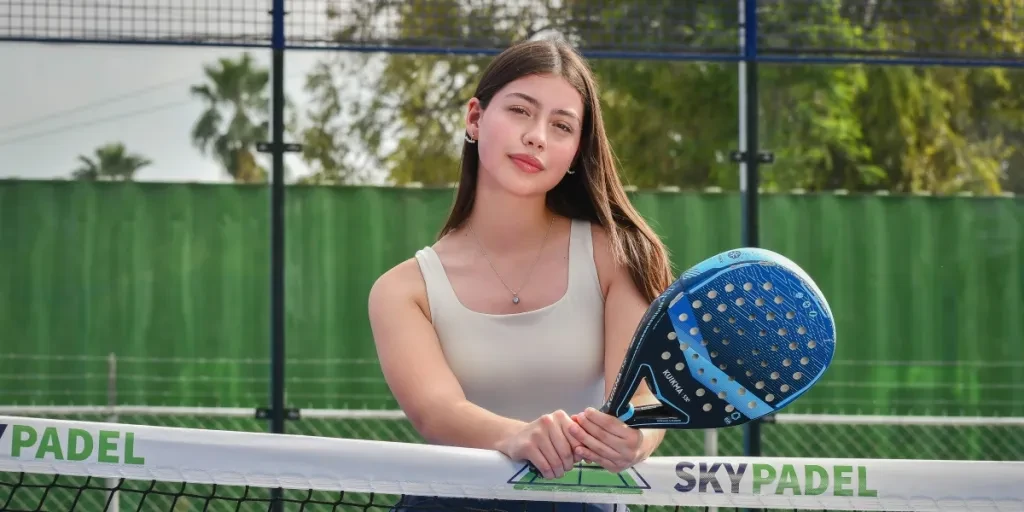
Tailored Equipment for Different Skill Levels
The padel tennis market has become increasingly diverse, with equipment tailored to meet the needs of players at different skill levels. Beginners can benefit from rackets that offer greater control and a larger sweet spot, while advanced players may prefer rackets that provide more power and precision. This segmentation ensures that players can find equipment that matches their skill level and playing style, enhancing their overall experience and performance on the court.
Personalized Branding and Custom Designs
Personalization has become a key trend in the sports industry, and padel tennis is no exception. Players now have the option to customize their equipment with personalized branding and designs. This includes adding names, logos, and unique color schemes to rackets, apparel, and accessories. Customization not only allows players to express their individuality but also fosters a sense of ownership and pride in their equipment.
Conclusion
The padel tennis industry is experiencing a dynamic transformation driven by innovations in materials, design, and technology. These advancements are enhancing player performance, comfort, and safety, while also catering to the diverse needs and preferences of the growing player base. As the sport continues to gain popularity, the future of padel tennis looks promising, with ongoing developments set to further elevate the playing experience and attract new enthusiasts to the game.
